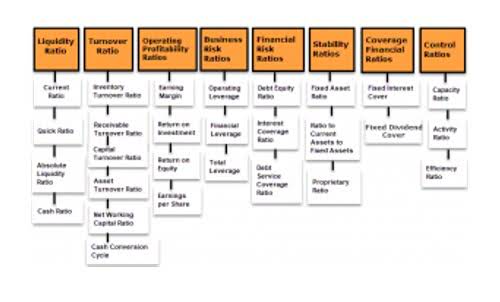
Inventory is used to denote the products a company has in store for selling in the market to earn a profit. There are a few reasons why calculating this formula can benefit your business. Interest-only payments represent a financing option where the borrower is obligated to pay only the…
Accounts Payable:

The operating cycle is a financial metric that measures the time it takes for a company to convert its investments in inventory and accounts receivable into cash. Essentially, it is the duration between the acquisition of inventory and the collection of cash from customers after selling the inventory. The operating cycle is a critical concept within the realm of business management that reveals how effectively a company transforms its inventory into cash. It encapsulates the journey from purchasing raw materials to collecting revenue from sales, serving as a barometer for assessing the efficacy of a company’s resource and financial management strategies. Likewise, if the Accounts Payable Management business offers its customers a high credit limit or long credit times, then the accounts receivable of the business will be very high and it will take a longer time to recover.
Understanding the Operating Cycle: Definition, Formula, and Calculation Methods

Banks do not need to consider inventories and hence in calculating the total operating cycle or gross operating cycles, the total time taken to create debtors is considered helpful. By consistently monitoring the cash conversion cycle (CCC) metric, the company can identify and improve operational deficiencies related to working capital operating cycle that reduce free cash flows (FCFs) and liquidity. A higher, or quicker, inventory turnover decreases the cash conversion cycle. Thus, a better inventory turnover is a positive for the CCC and a company’s overall efficiency.
Don’t use working capital to purchase fixed assets

By streamlining the accounts payable process, businesses can enhance cash flow, maintain good relationships with suppliers, and improve overall financial efficiency. This insight can help the company make informed decisions to streamline operations and improve cash flow management. Understanding and managing your operating cycle is fundamental to your business’s financial health. By efficiently handling inventory, accounts receivable, and accounts payable, you can shorten your cycle, improve cash flow, and boost profitability. Monitoring key performance indicators and utilizing the right tools further enhances your ability to succeed in this critical aspect of financial management. The time taken by a business to purchase items, market them, and receive payment for the sales is called an operating cycle.

Your company’s operating cycle, together with efficient purchasing software, holds significant importance in projecting the necessary working capital to sustain or expand your business. A shorter operating cycle translates to reduced cash requirements for maintaining your company’s operations. Consequently, your business can experience growth even while operating with narrow profit margins. Experts emphasize that continuous monitoring and adjustment of the operating cycle are essential for companies bookkeeping looking to thrive in an increasingly complex business environment. Through proactive management of cash flow, inventory levels, and customer relationships, organizations can build resilience and agility, positioning themselves for sustained growth and profitability. Overall, the importance of calculating the operating cycle cannot be overstated.
- Days Sales of Inventory (DSI) is a crucial metric that measures how quickly your company turns its inventory into sales.
- Cash cycles usually analyze the cash flow in much more depth and tell a company how well they can manage their cash flow, while an operating cycle involves how efficiently the stock flows in and out.
- HighRadius seamlessly integrates with leading ERPs like SAP and Oracle, ensuring a smooth and comprehensive O2C process.
- For example, if you manage to recover your debts on time, there is a much lower possibility of bad debt and subsequent accumulation.
